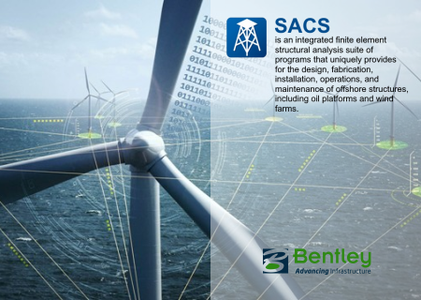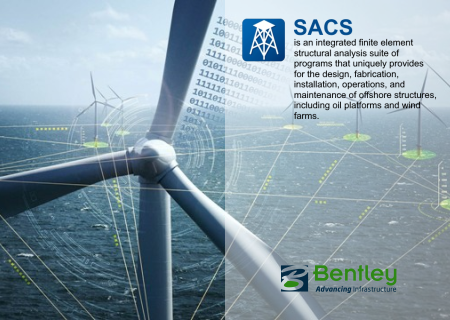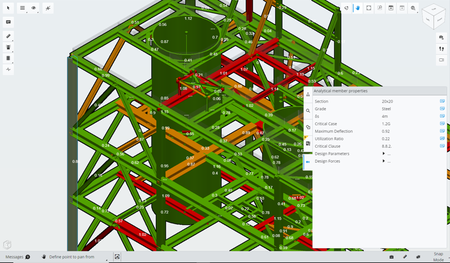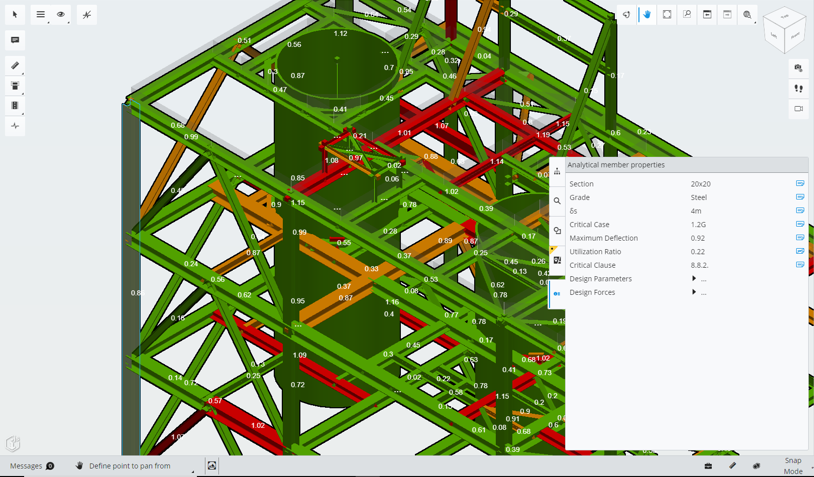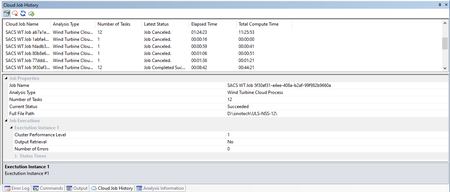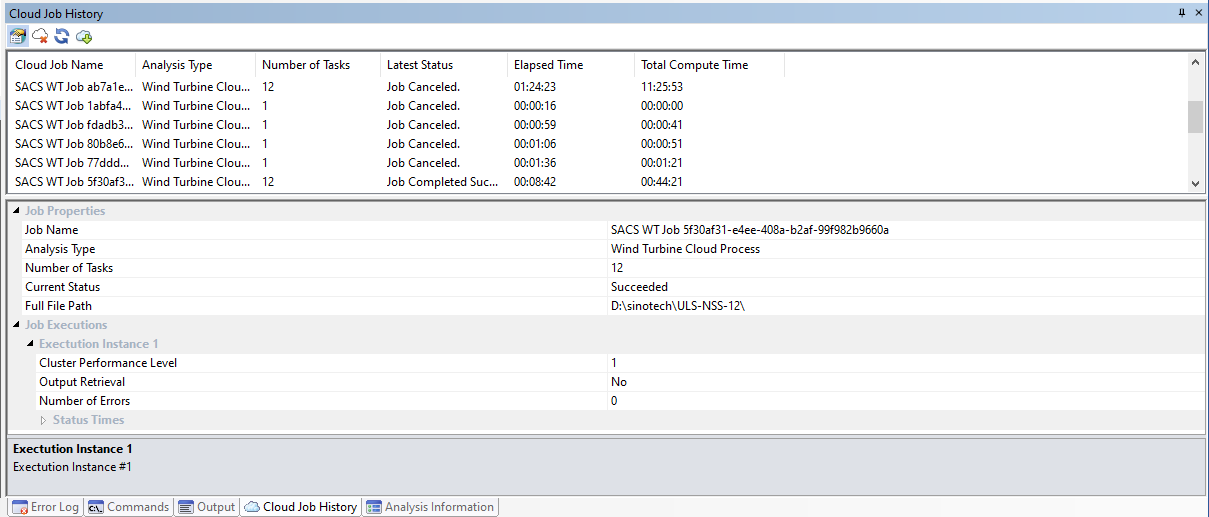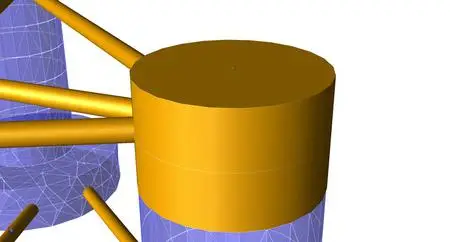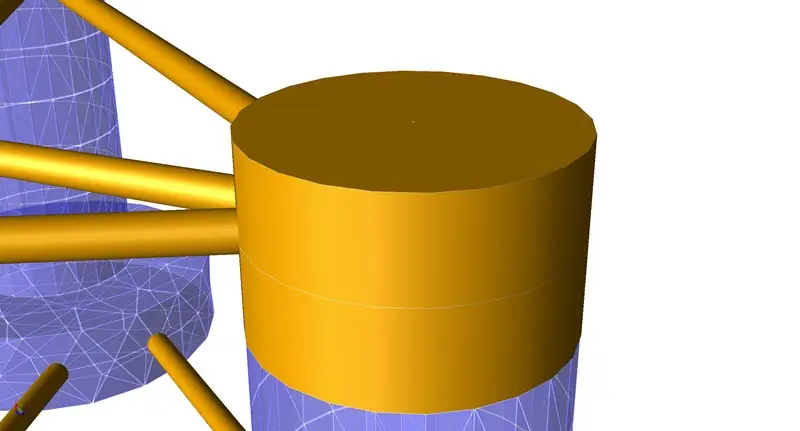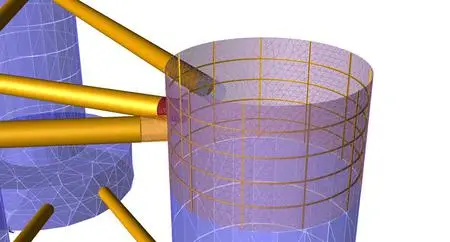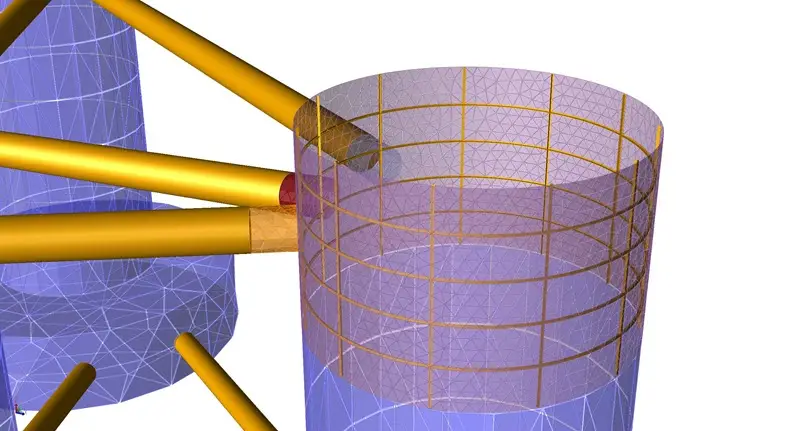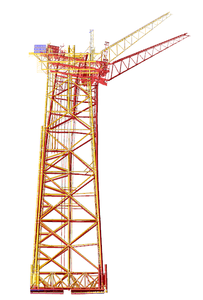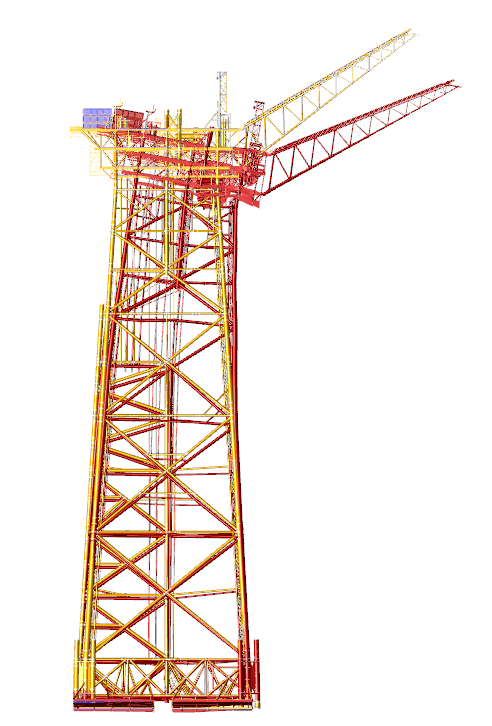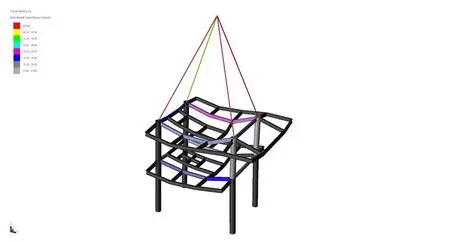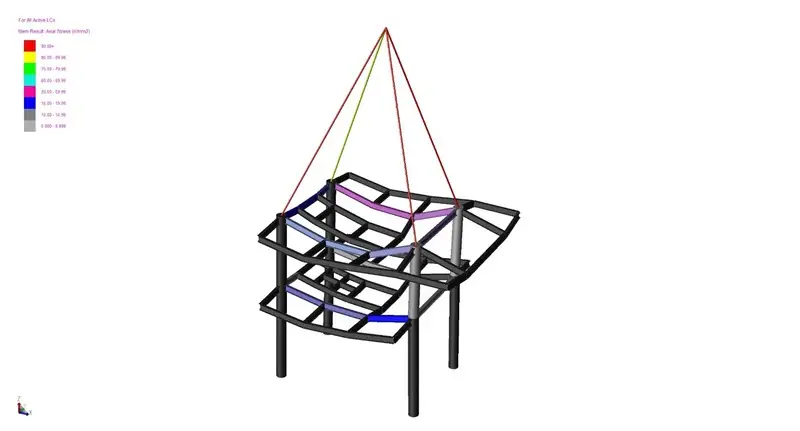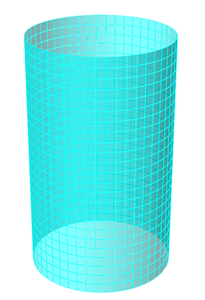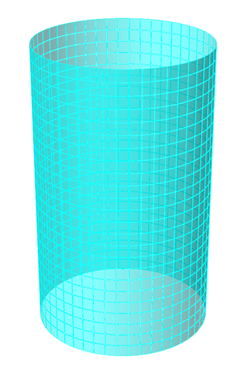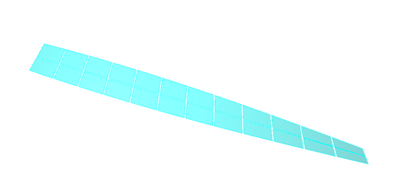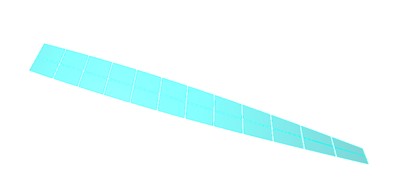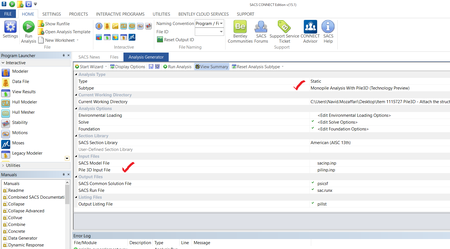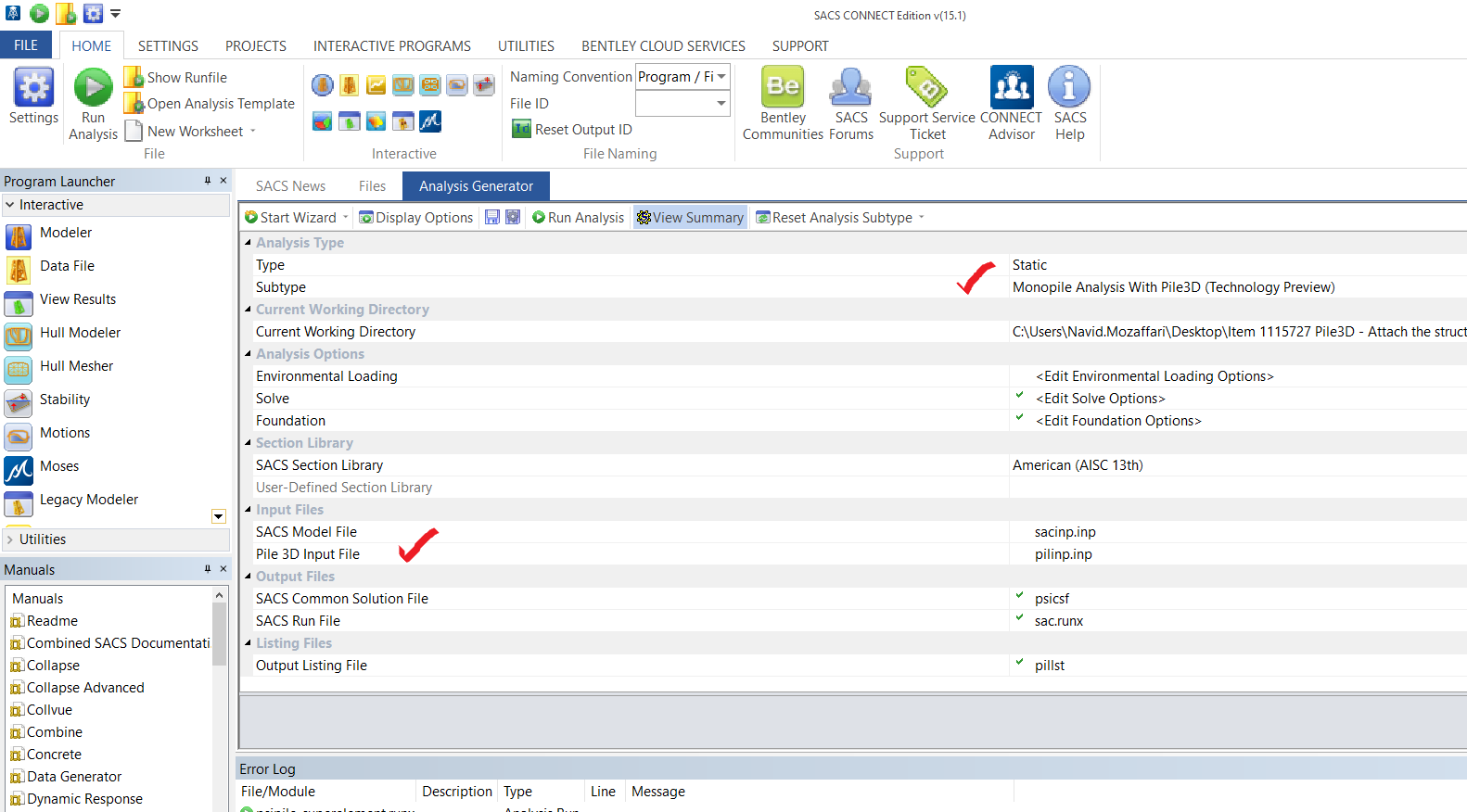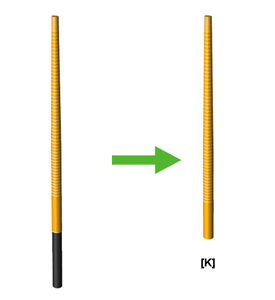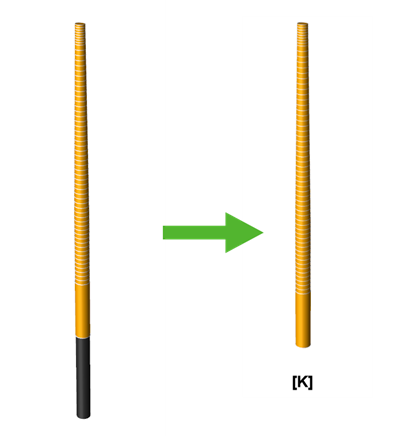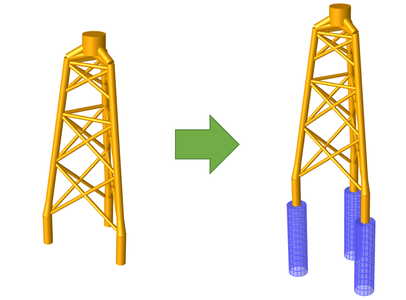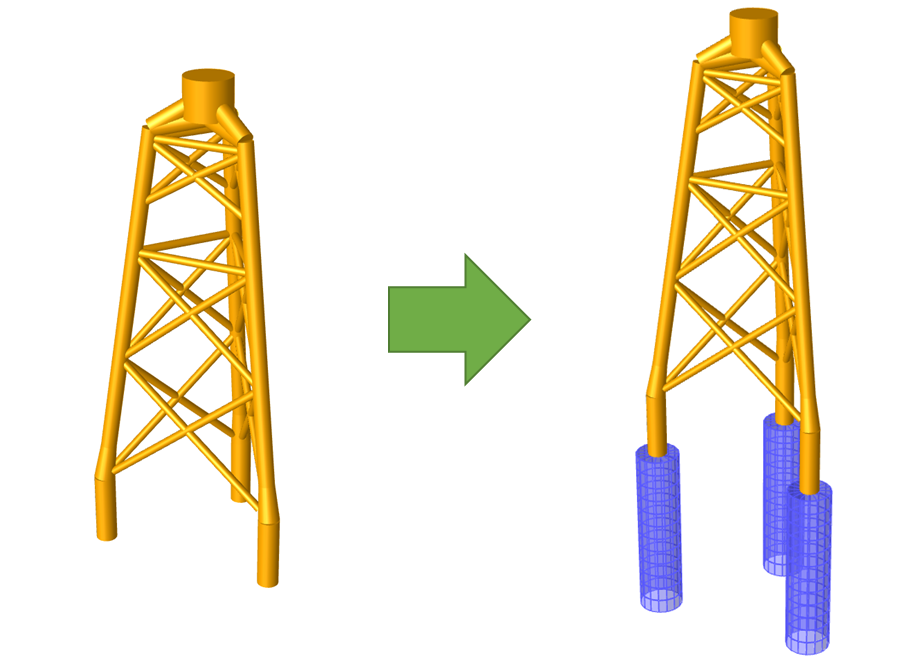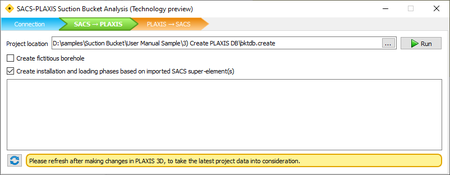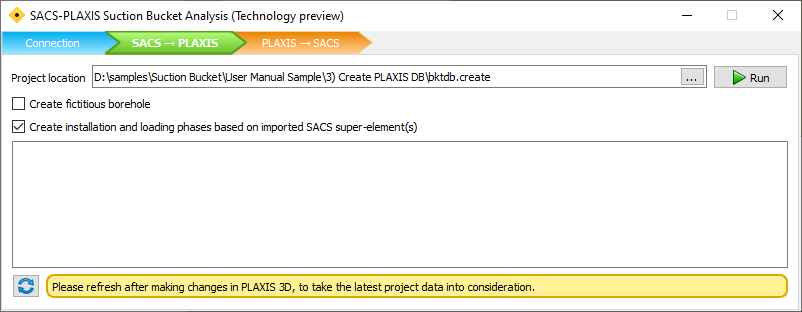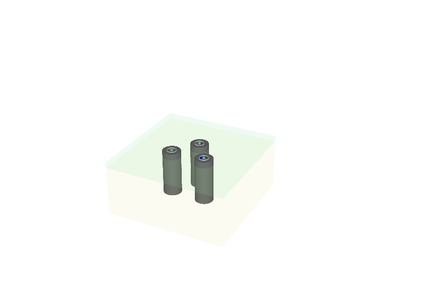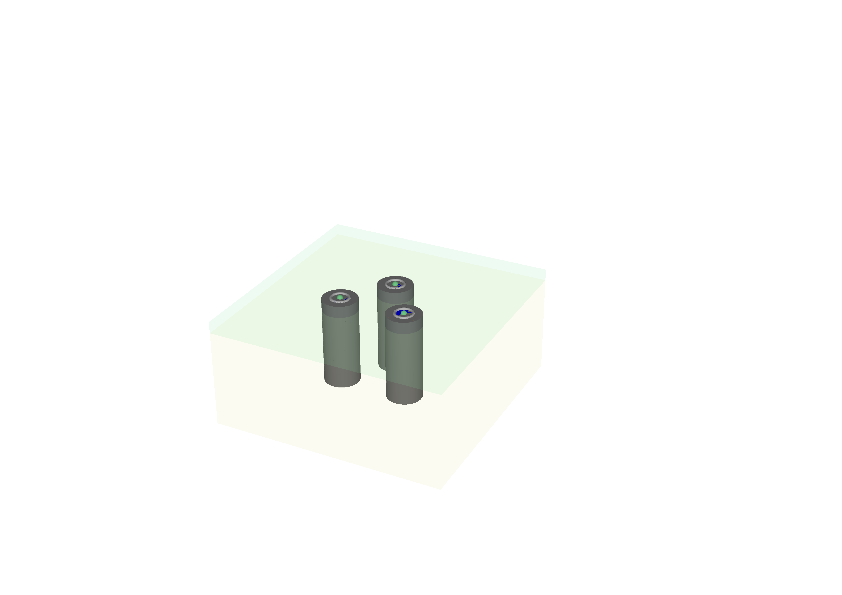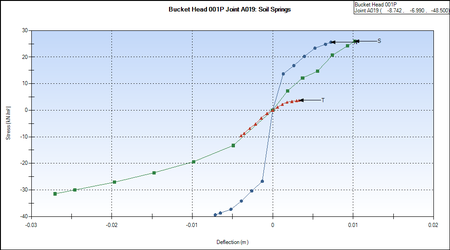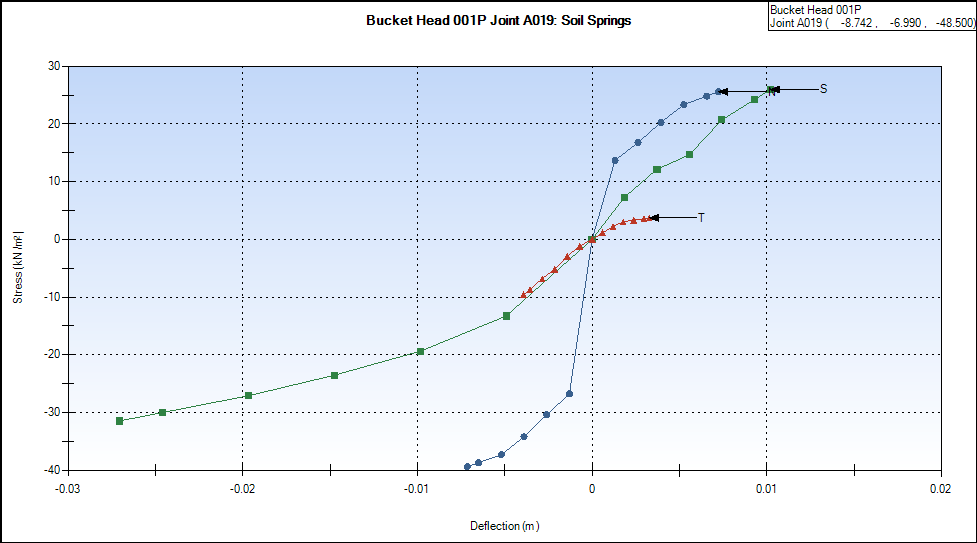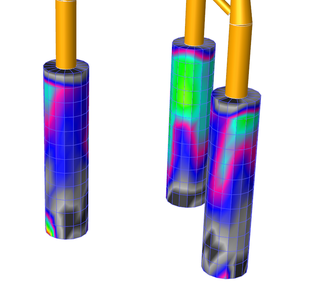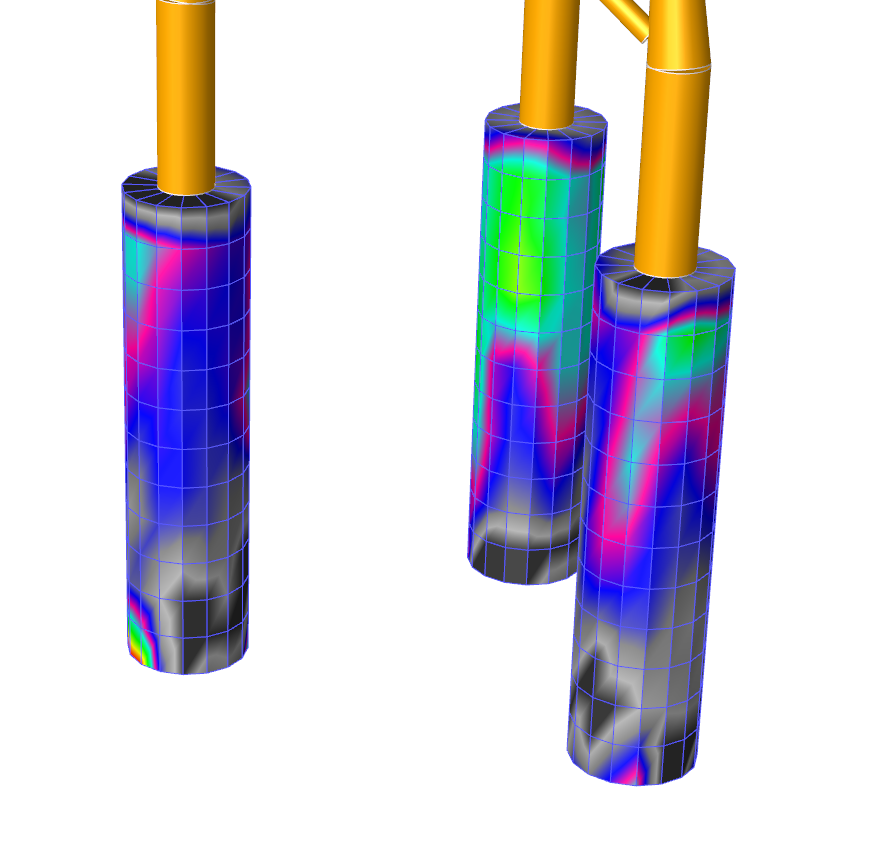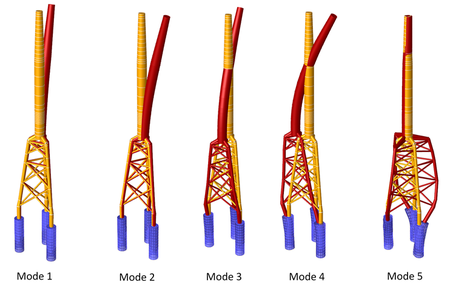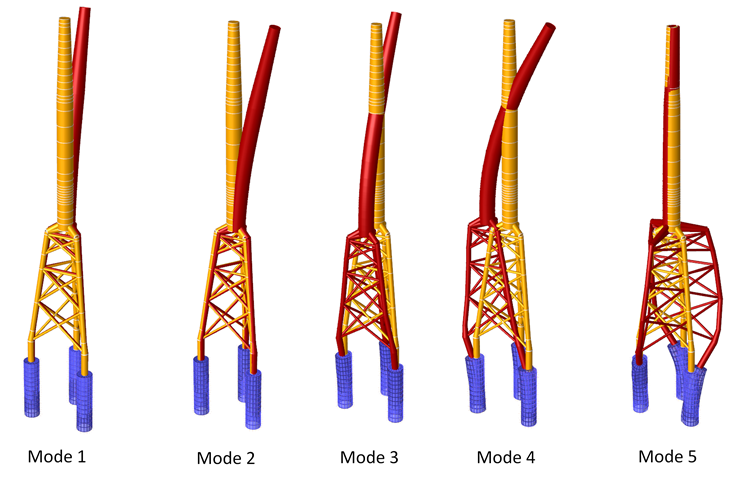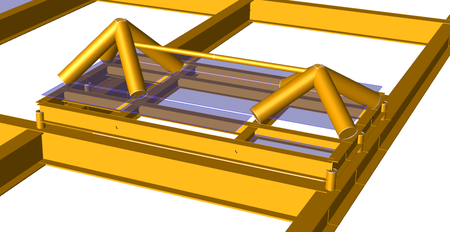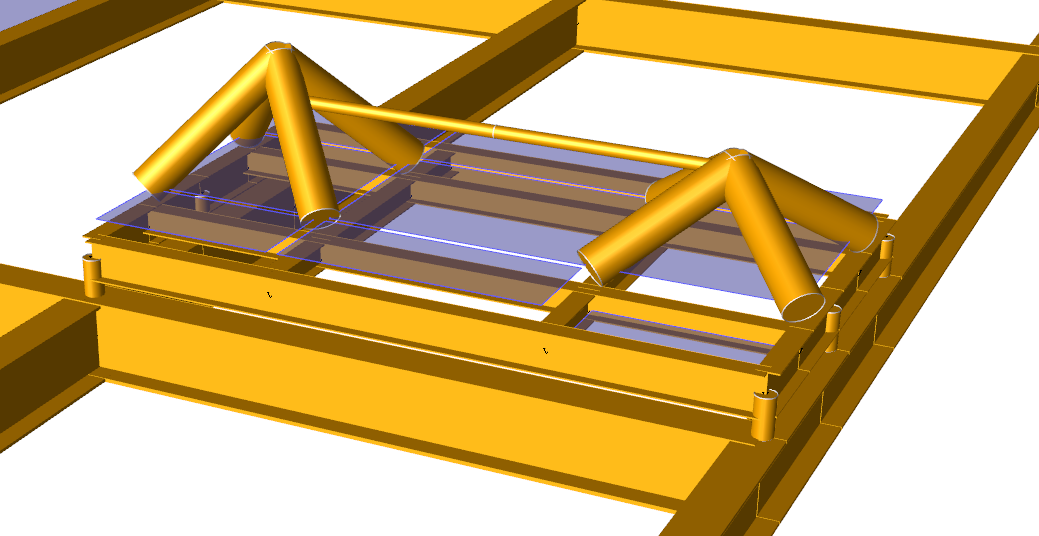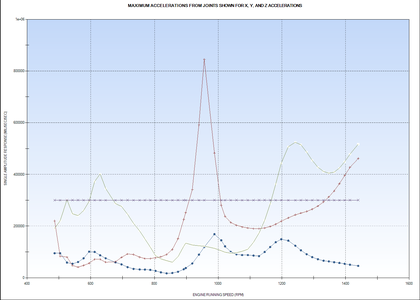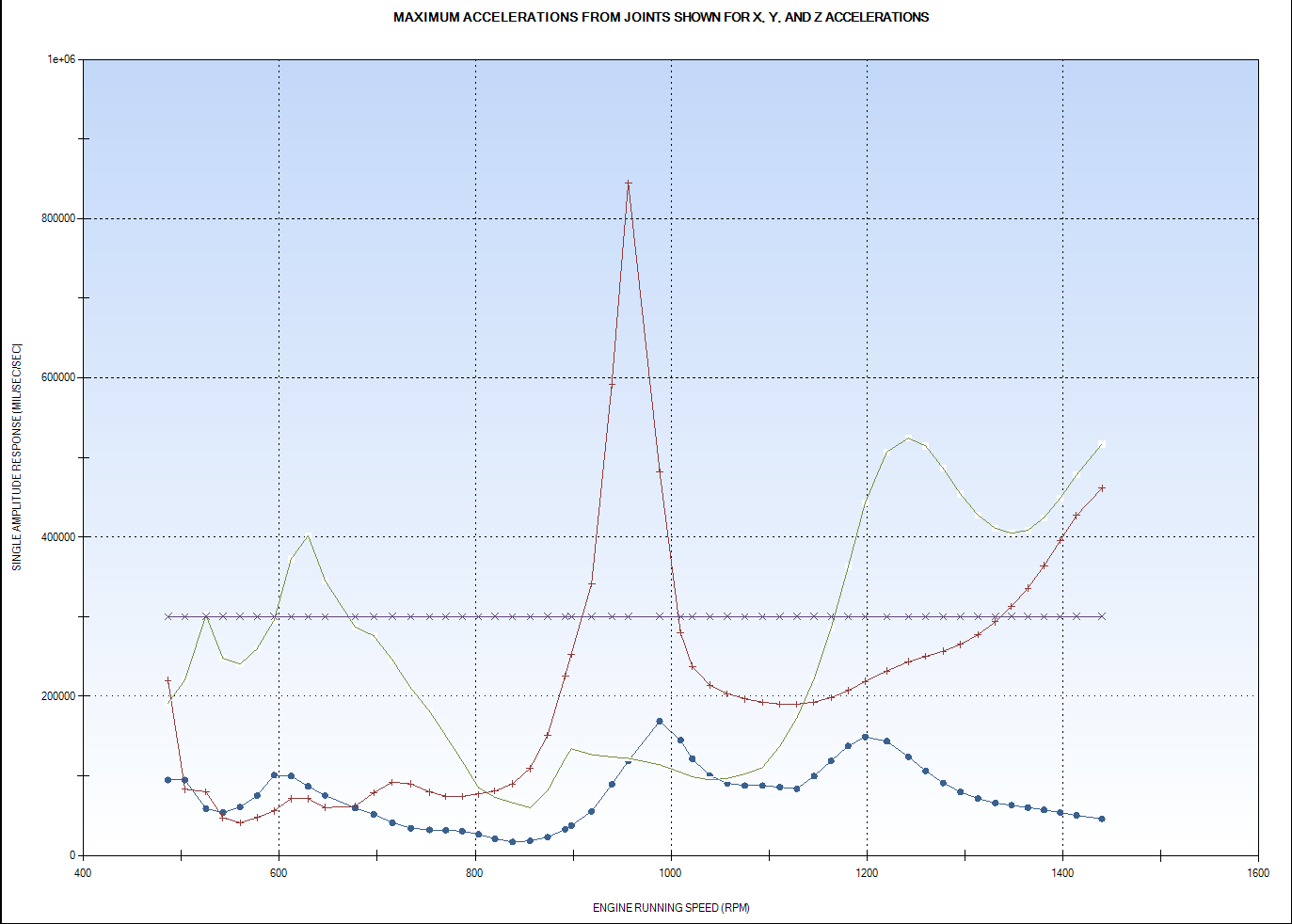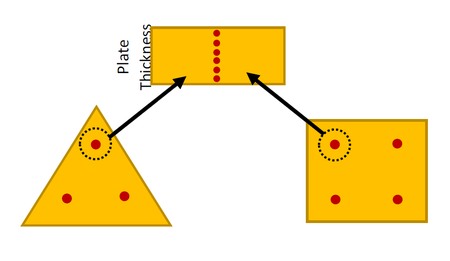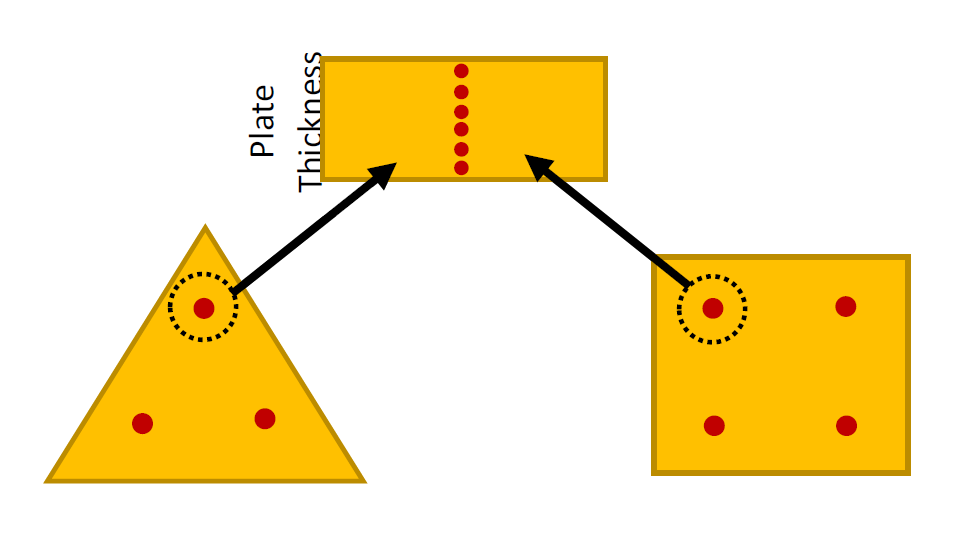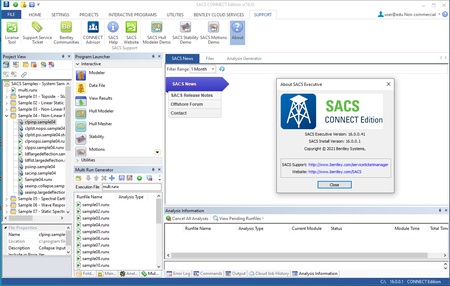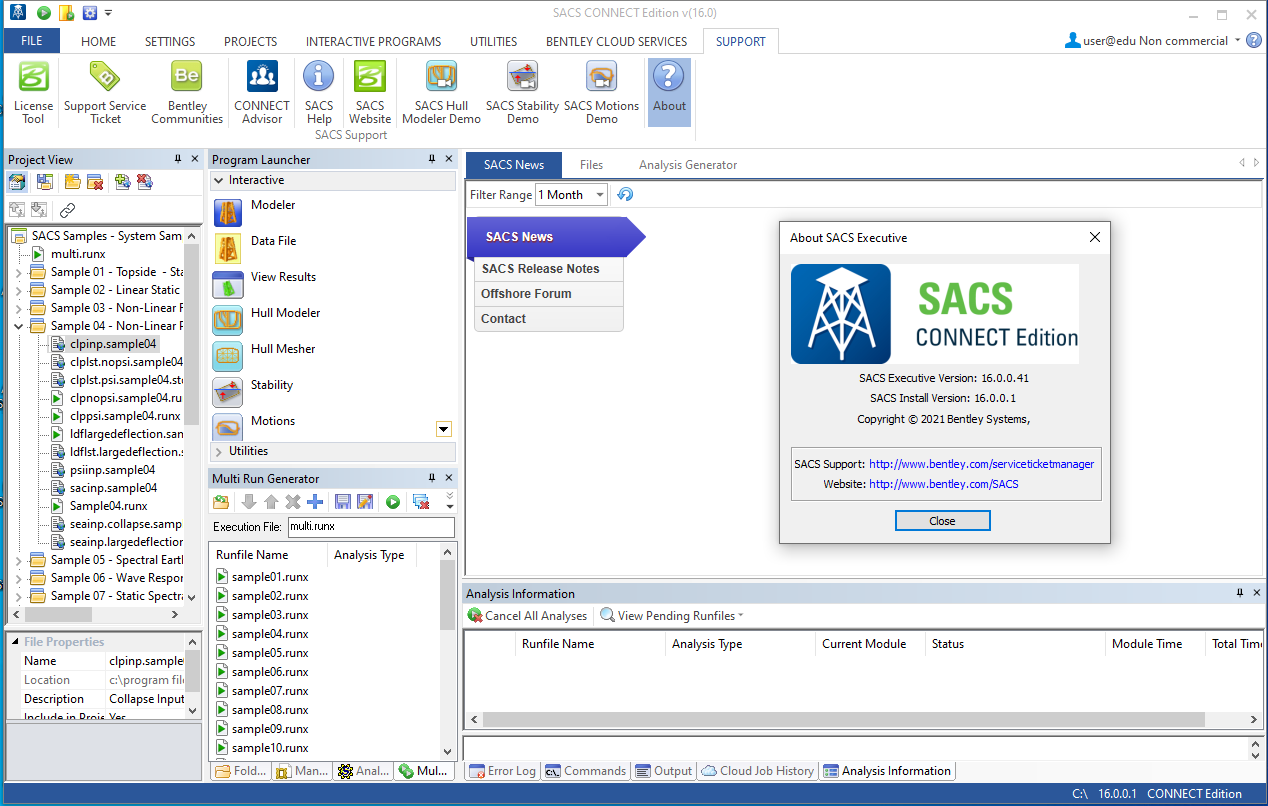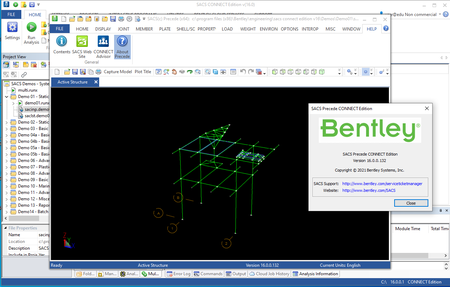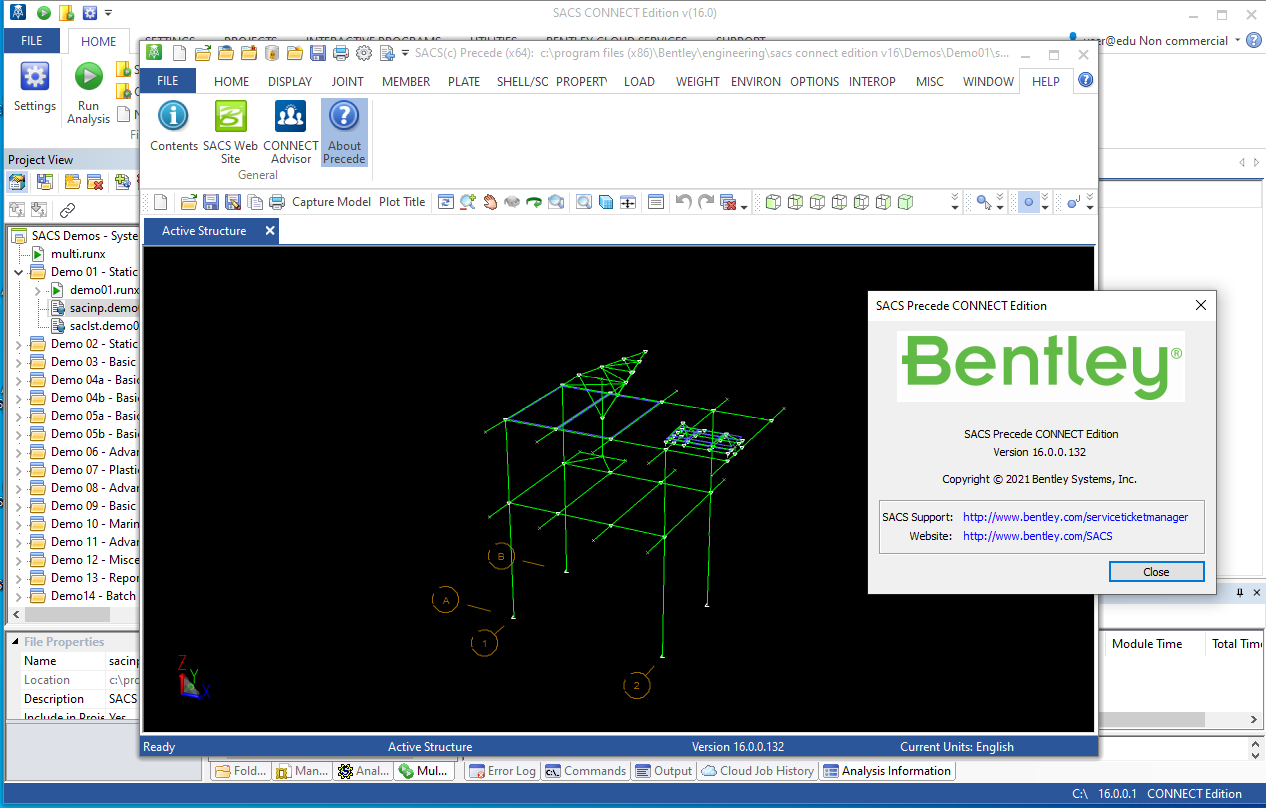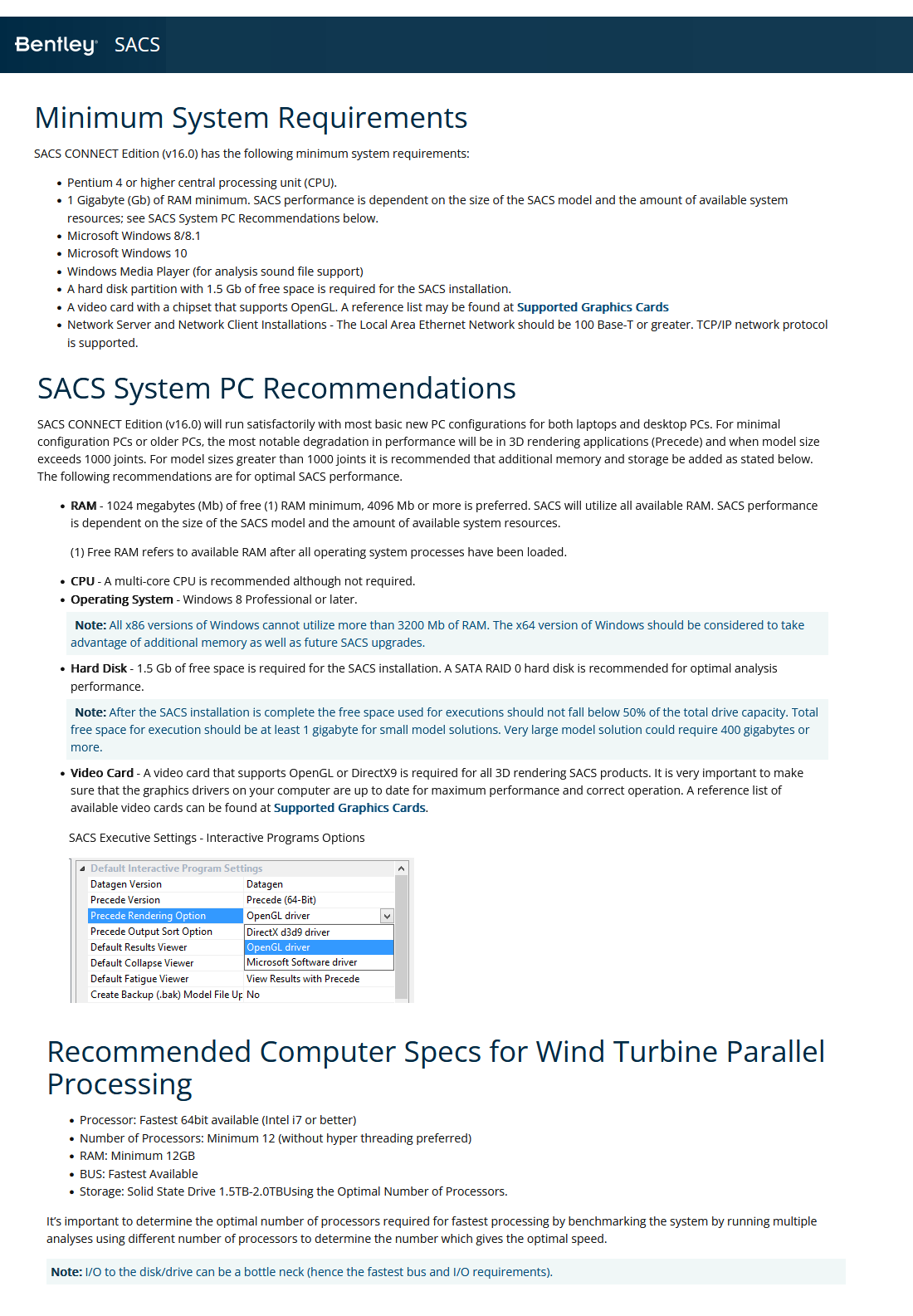SACS CONNECT Edition V16 | 1.9 Gb
Bentley Systems announces enhancements to its latest release of SACS CONNECT Edition V16 (16.00.00.01), an offshore structural analysis application that offers fully automated and integrated 3D modeling, analysis and design to efficiently manage large, complex models for the evolving digitalization in the offshore market.
Introducing SACS CONNECT Edition V16.0- CL
iTwins Integration
SACS is now integrated with Bentley’s iTwin Services. iTwin Services is an open and scalable platform for managing and consuming infrastructure digital twins. SACS first offered integration with iTwin Design Review in version 15.0. SACS 15.1 enhanced this integration with iTwin Hub through the iTwin Analytical Synchronizer. Now, in SACS 16.0, the ability to add analytical results to the iTwin model have been enabled. Analytical results like internal forces, deflections, and code check results may be viewed directly in iTwin Design Review to further improve collaboration on iTwin enabled projects.
OWP Cloud Improvements
A new user interface has been added for managing cloud analysis jobs. Users can now monitor, start, restart, cancel, and download specific results files directly from the cloud job history pane in SACS Executive.
Optimizations to the Wave Response time integration analysis have been made to further improve analysis run times.
Joint Mesher Improvements
SACS Stiffened Panel Meshing
This new feature allows the user to create explicit stiffeners for tubular members. Stiffeners are automatically added as members (beam elements) to the meshed model by Joint Mesher. The explicit stiffeners can be created individually at a general orientation using the new PLTSTF line in the Joint Mesher module. Users can also create uniform ring and longitudinal stiffener groups using the RNGSTF and LNGSTF lines, respectively. The stiffener groups can then be added to tubular members using the MEMSTF line in the Joint Mesher input file.
Precede Joint Mesher Integration
Joint Mesher has now been fully integrated into Precede so that joints may be meshed directly in Precede without generating a separate model. Multiple joints may now be meshed sequentially during a single modelling session without having to open a separate meshed model. This enhancement also supports both undo and redo functionality for faster development and modification of the meshed model.
Elastic Modulus Reduction Factor for Direct Analysis Method
User-defined elastic modulus reduction factors for the stiffness matrix formulation are now available. This enhancement enables analysis of the structure using the direct analysis method according to the latest AISC design codes. The elastic modulus reduction factor may be entered on the CODE AA line when using AISC design codes.
Advanced Solver
The advanced Solver, using iterative Krylov Subspace Solvers and Singular Value Decomposition, allows automatic detection and removal of rigid-body-motion for statically indeterminate structures. Using this new feature, users can perform analyses of floating structures as well as lift and launch analyses without the need to introduce ad-hoc boundary conditions to limit rigid-body-motion. The Advanced Solver needs to be enabled via the Settings in SACS Executive under Analysis Settings. Different iterative solvers and rigid-body-motion removal can then be enabled using the SLVOPT line in the SACS input file. These options can also be accessed through the Linear Solver tab of the Analysis Options dialog in Precede
Advanced Solver Shell Elements
Enhanced MITC4 shell elements have been implemented for the advanced solver with anti-shear locking, anti-membrane locking, and drilling stiffness considerations. These more advanced shell elements are better suited for the analysis of highly curved surfaces.
Post and Joint Can - ISO 19902 2020 Code
ISO 19902 - 2020 has been added to the list of available design codes for both member unity checks and joint can punching shear checks in Post and Joint Can respectively.
Pile3D Improvements
Pile3D - Pile Structure Interaction
Pile 3D has been extended to read reactions of structure at the mudline and apply them as pilehead loading for an unlimited number of load conditions. With this feature, users can perform monopile analyses suitable for Wind turbine design. To use this feature, a new type of analysis can be chosen via the analysis generator in SACS Executive with the SACS model file and Pile3D input file as input as shown in the figure.
Pile3D - Pile Superelement
Pile superelements may now be generated with Pile3D from the loads generated by a monopile structure interaction analysis. This feature supports the additional soil reaction curves (distributed moment, base shear, and base moment) for large monopile structures used in PISA method analysis and design. Pile3D superelements may be used in any analysis where PSI superelements are used, for dynamic mode shape extractions and linear static analyses.
SACS Suction Bucket
The SACS Suction Bucket program generates a SACS model for the analysis and design of offshore structures with a suction bucket foundation. The bucket model is automatically generated using plate elements and the nonlinear interaction between the suction bucket walls and surrounding soil is modeled by a series of nonlinear springs. The nonlinear springs are automatically generated through the SACS-PLAXIS Suction Bucket Analysis Interoperability functionality.
The following are the highlights of the program features:
Advanced meshing tool to automatically generate the suction bucket model. The Suction Bucket program can also automatically include the ring and longitudinal stiffeners in the suction buckets using a series of simple input lines.
The SACS-PLAXIS Suction Bucket Analysis Interoperability automatically imports the SACS suction bucket model, the jacket stiffness, and the applied loads using superelement into the PLAXIS 3D program to analyze the soil-bucket nonlinear interaction.
Automatically generate nonlinear soils by fitting multilinear curves on the PLAXIS 3D stress results.
The final suction bucket model is ready to use for any type of analysis in SACS including static and dynamic analysis, and ultimately post-processing to calculate stresses and code checks.
Stress Results in the Suction Bucket plate elements:
Modal Analysis:
Dynamic Response - Max Allowable Acceleration for Engine Vibration
User-defined maxim allowable accelerations may be entered for engine vibration analyses on the ENGVIB line of the Dynamic Response input file. Both unity check reports and allowable acceleration graphs are supported for this new criterion.
Fatigue - Damage Reports around Circumference for Inline Tubular Members
Fatigue damage reports have been enhanced for inline tubular members to include all analysis points around the circumference of the tubular. This enhancement replaces the previous damage reports for in-line tubular members where only the critical point was reported.
Collapse Advanced Improvements
Ductility Limits for Plates and Piles
Ductility limits have been enabled for plate and pile structures. Ductility limits may be specified at the global, element type, group, or element level. Ductility limits are enforced at each integration point for both piles and plates. If the principal in-plane strain exceeds the specified strain limit at an integration point that integration point will be considered fractured.
New Reports for Plate Strains, Plastic Strains, and Stresses
New report options have been added to print Von Mises plate stresses and plastic and principal plate strains at integration points. These report options may be enabled on the CLPRPT line of the Collapse Advanced input file.
SACS is now integrated with Bentley’s iTwin Services. iTwin Services is an open and scalable platform for managing and consuming infrastructure digital twins. SACS first offered integration with iTwin Design Review in version 15.0. SACS 15.1 enhanced this integration with iTwin Hub through the iTwin Analytical Synchronizer. Now, in SACS 16.0, the ability to add analytical results to the iTwin model have been enabled. Analytical results like internal forces, deflections, and code check results may be viewed directly in iTwin Design Review to further improve collaboration on iTwin enabled projects.
OWP Cloud Improvements
A new user interface has been added for managing cloud analysis jobs. Users can now monitor, start, restart, cancel, and download specific results files directly from the cloud job history pane in SACS Executive.
Optimizations to the Wave Response time integration analysis have been made to further improve analysis run times.
Joint Mesher Improvements
SACS Stiffened Panel Meshing
This new feature allows the user to create explicit stiffeners for tubular members. Stiffeners are automatically added as members (beam elements) to the meshed model by Joint Mesher. The explicit stiffeners can be created individually at a general orientation using the new PLTSTF line in the Joint Mesher module. Users can also create uniform ring and longitudinal stiffener groups using the RNGSTF and LNGSTF lines, respectively. The stiffener groups can then be added to tubular members using the MEMSTF line in the Joint Mesher input file.
Precede Joint Mesher Integration
Joint Mesher has now been fully integrated into Precede so that joints may be meshed directly in Precede without generating a separate model. Multiple joints may now be meshed sequentially during a single modelling session without having to open a separate meshed model. This enhancement also supports both undo and redo functionality for faster development and modification of the meshed model.
Elastic Modulus Reduction Factor for Direct Analysis Method
User-defined elastic modulus reduction factors for the stiffness matrix formulation are now available. This enhancement enables analysis of the structure using the direct analysis method according to the latest AISC design codes. The elastic modulus reduction factor may be entered on the CODE AA line when using AISC design codes.
Advanced Solver
The advanced Solver, using iterative Krylov Subspace Solvers and Singular Value Decomposition, allows automatic detection and removal of rigid-body-motion for statically indeterminate structures. Using this new feature, users can perform analyses of floating structures as well as lift and launch analyses without the need to introduce ad-hoc boundary conditions to limit rigid-body-motion. The Advanced Solver needs to be enabled via the Settings in SACS Executive under Analysis Settings. Different iterative solvers and rigid-body-motion removal can then be enabled using the SLVOPT line in the SACS input file. These options can also be accessed through the Linear Solver tab of the Analysis Options dialog in Precede
Advanced Solver Shell Elements
Enhanced MITC4 shell elements have been implemented for the advanced solver with anti-shear locking, anti-membrane locking, and drilling stiffness considerations. These more advanced shell elements are better suited for the analysis of highly curved surfaces.
Post and Joint Can - ISO 19902 2020 Code
ISO 19902 - 2020 has been added to the list of available design codes for both member unity checks and joint can punching shear checks in Post and Joint Can respectively.
Pile3D Improvements
Pile3D - Pile Structure Interaction
Pile 3D has been extended to read reactions of structure at the mudline and apply them as pilehead loading for an unlimited number of load conditions. With this feature, users can perform monopile analyses suitable for Wind turbine design. To use this feature, a new type of analysis can be chosen via the analysis generator in SACS Executive with the SACS model file and Pile3D input file as input as shown in the figure.
Pile3D - Pile Superelement
Pile superelements may now be generated with Pile3D from the loads generated by a monopile structure interaction analysis. This feature supports the additional soil reaction curves (distributed moment, base shear, and base moment) for large monopile structures used in PISA method analysis and design. Pile3D superelements may be used in any analysis where PSI superelements are used, for dynamic mode shape extractions and linear static analyses.
SACS Suction Bucket
The SACS Suction Bucket program generates a SACS model for the analysis and design of offshore structures with a suction bucket foundation. The bucket model is automatically generated using plate elements and the nonlinear interaction between the suction bucket walls and surrounding soil is modeled by a series of nonlinear springs. The nonlinear springs are automatically generated through the SACS-PLAXIS Suction Bucket Analysis Interoperability functionality.
The following are the highlights of the program features:
Advanced meshing tool to automatically generate the suction bucket model. The Suction Bucket program can also automatically include the ring and longitudinal stiffeners in the suction buckets using a series of simple input lines.
The SACS-PLAXIS Suction Bucket Analysis Interoperability automatically imports the SACS suction bucket model, the jacket stiffness, and the applied loads using superelement into the PLAXIS 3D program to analyze the soil-bucket nonlinear interaction.
Automatically generate nonlinear soils by fitting multilinear curves on the PLAXIS 3D stress results.
The final suction bucket model is ready to use for any type of analysis in SACS including static and dynamic analysis, and ultimately post-processing to calculate stresses and code checks.
Stress Results in the Suction Bucket plate elements:
Modal Analysis:
Dynamic Response - Max Allowable Acceleration for Engine Vibration
User-defined maxim allowable accelerations may be entered for engine vibration analyses on the ENGVIB line of the Dynamic Response input file. Both unity check reports and allowable acceleration graphs are supported for this new criterion.
Fatigue - Damage Reports around Circumference for Inline Tubular Members
Fatigue damage reports have been enhanced for inline tubular members to include all analysis points around the circumference of the tubular. This enhancement replaces the previous damage reports for in-line tubular members where only the critical point was reported.
Collapse Advanced Improvements
Ductility Limits for Plates and Piles
Ductility limits have been enabled for plate and pile structures. Ductility limits may be specified at the global, element type, group, or element level. Ductility limits are enforced at each integration point for both piles and plates. If the principal in-plane strain exceeds the specified strain limit at an integration point that integration point will be considered fractured.
New Reports for Plate Strains, Plastic Strains, and Stresses
New report options have been added to print Von Mises plate stresses and plastic and principal plate strains at integration points. These report options may be enabled on the CLPRPT line of the Collapse Advanced input file.
SACS is an integrated finite element structural analysis package of applications that uniquely provides for the design of offshore structures, including oil and gas platforms, wind farms, and topsides of FPSOs and floating platforms. SACS software has been used by offshore engineers around the world for nearly 40 years. Many of the world’s energy companies specify SACS software for use by their engineering firms across the lifecycle of offshore platforms. Three options of the SACS software packages are available: Offshore Structure Enterprise for comprehensive capabilities required for typical offshore jackets, wharfs, and dolphin structures; Offshore Structure Advanced for static topside and deck analysis; and Offshore Structure for static structural analysis
SACS Offshore Structure Product Overview
Bentley Systems, Incorporated is the global leader dedicated to providing architects, engineers, constructors, and owner-operators with comprehensive architecture and engineering software solutions for sustaining infrastructure. Founded in 1984, Bentley has nearly 3,000 colleagues in more than 45 countries, $500 million in annual revenues, and, since 2001, has invested more than $1 billion in research, development, and acquisitions.
Product: SACS
Version: CONNECT Edition V16 (16.00.00.01)
Supported Architectures: x86
Website Home Page : www.bentley.com
Languages Supported: english
System Requirements: Windows *
Size: 1.9 Gb
Please visit my blog
Added by 3% of the overall size of the archive of information for the restoration
No mirrors please
Added by 3% of the overall size of the archive of information for the restoration
No mirrors please


